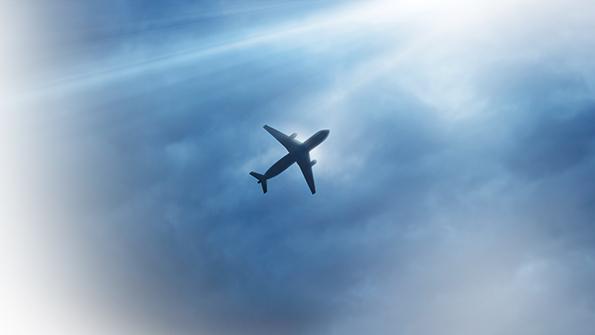
The global air transport industry ended 2019 on a bit of a damp note as rising fuel and labor costs, a weakening trade environment and infrastructure constraints pulled down initial projections for a $35.5 billion collective profit to a less spectacular $28 billion, a $2 billion decline from 2018.
Still, it was the industry’s 10th consecutive year of profitability and forecasters were confident of an uptick in 2020 that would see airlines post a $29.3 billion profit. Passenger numbers would increase 4% to 4.72 billion, the forecasts said. And there was general confidence that 2019 illustrated the industry would no longer plunge into financial crisis even when countering a difficult trade environment.
COVID-19 has not just rewritten the airline economics rulebook—it has devoured it. The revised financial outlook for 2020 is for airlines to make a loss of some $85 billion. Bankruptcies that started last year and were not related to the pandemic—including UK carrier Thomas Cook and Icelandic LCC WOW Air—have escalated as airlines with barely two months of cash either sank or doggy-paddled to bankruptcy protection.
What must be remembered about the 2020 crisis is that even when it was going relatively well—and 2019 was still good compared to most years in previous decades—it was only 20 to 30 airlines that were performing at investor-grade levels. A long tail of airlines followed that were already in a fragile financial position, carried significant debt and were vulnerable to any cash shock, let alone the knockout punch that COVID delivered.
Among the most important lessons from COVID for airlines comes from the boss of a Hungary-based LCC startup. “Cash is king,” Wizz Air (and ATW 2020 Airline of the Year) CEO Jozsef Varadi said. Wizz, which went into the crisis on a strong financial footing and cash equivalent to almost 50% of revenue, has continued to grow bases and routes through the pandemic, and is one of just a handful of airlines to still be taking new aircraft deliveries.
The double-grim reality is that most airlines not only went into the pandemic with too much debt, but those that survive 2020 will go into 2021 even further leveraged. Survival is the overriding priority for most airlines this year, but ultimately this industry must reevaluate long-held assumptions that debt is the basis on which it does business. The climb out of survival to recovery and stability will be long and require a seismic shift in thinking in airline C-suites, by labor group leaders and by the supply chain that has historically been substantially more profitable than the customers it serves.
Executives leading even the more successful airlines will mostly be managing smaller companies operating shrunken networks. Some, because of conditions attached to national aid, will be sharing the boardroom with government representatives. Governments would do well to minimize their direct interference in airline management, but the competitive landscape will look different from 2021, especially in international markets.
And all must remember that all the financial aid and restructuring will be for naught if people cannot feel motivated to fly again in large numbers. Hygiene safety is paramount, but it does not negate the need for good customer service, especially if people are nervous about flying. Airlines, cash-strapped and with revenue falling to zero almost overnight, desperately needed the voucher system versus refunding tickets. They will need to reward customer trust by demonstrating those vouchers will deliver like-for-like value when the passenger is ready to rebook. And hard as it is for the industry to invest in anything now, it must prioritize automated, easy-to-use customer interfaces so that ticket changes can be accomplished without long waits for an agent.
Acceleration of automation and contactless travel technologies could be a silver lining to emerge from the COVID cloud. There will be precious few such linings, but an innovative and adaptive industry could use the temporary drop in traffic to ultimately speed up travelers’ journeys through airports and immigration when they return to full capacity.
COVID’s lessons for the global air transport industry will be many. It’s to everyone’s advantage to embrace them.

